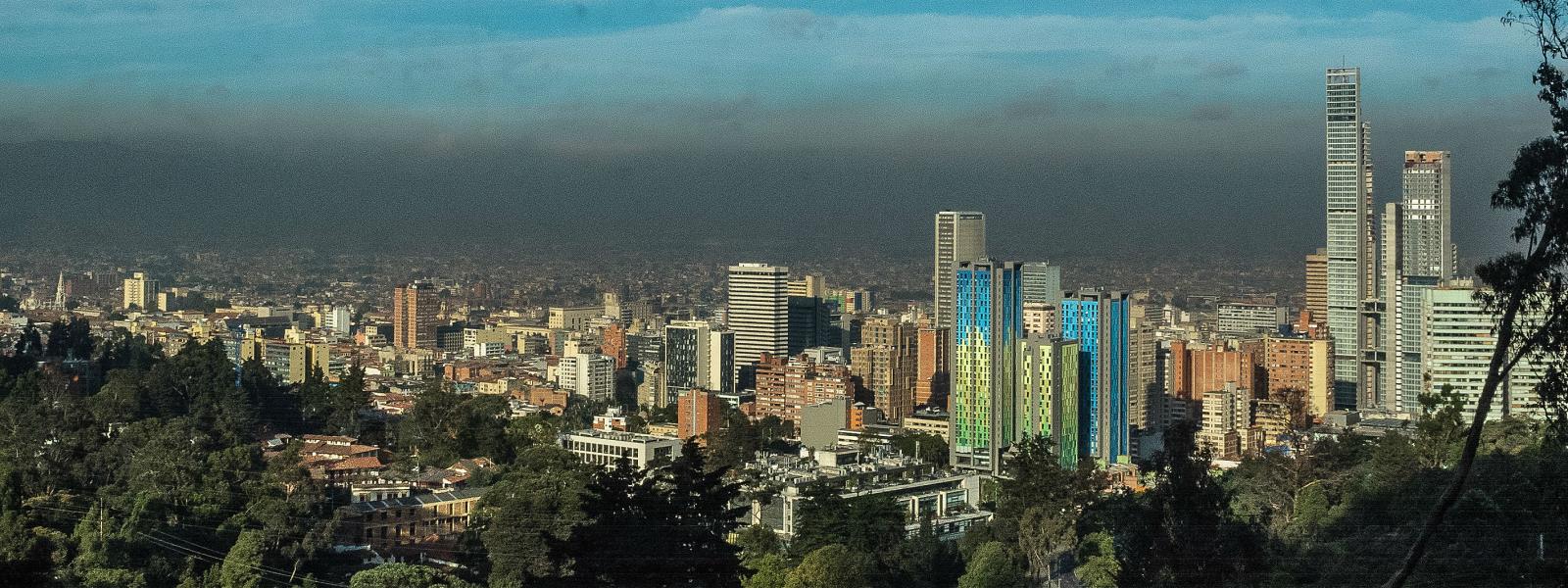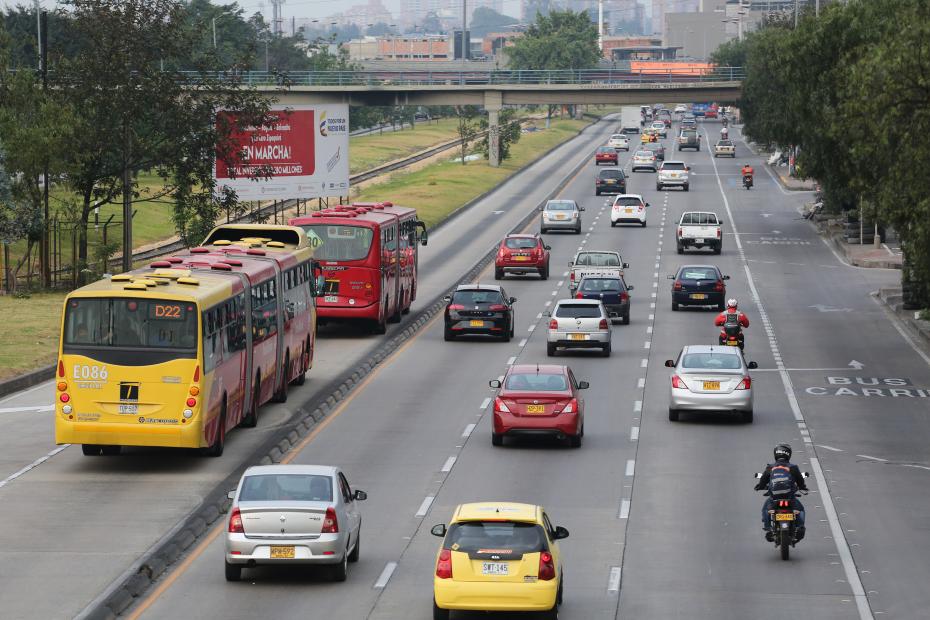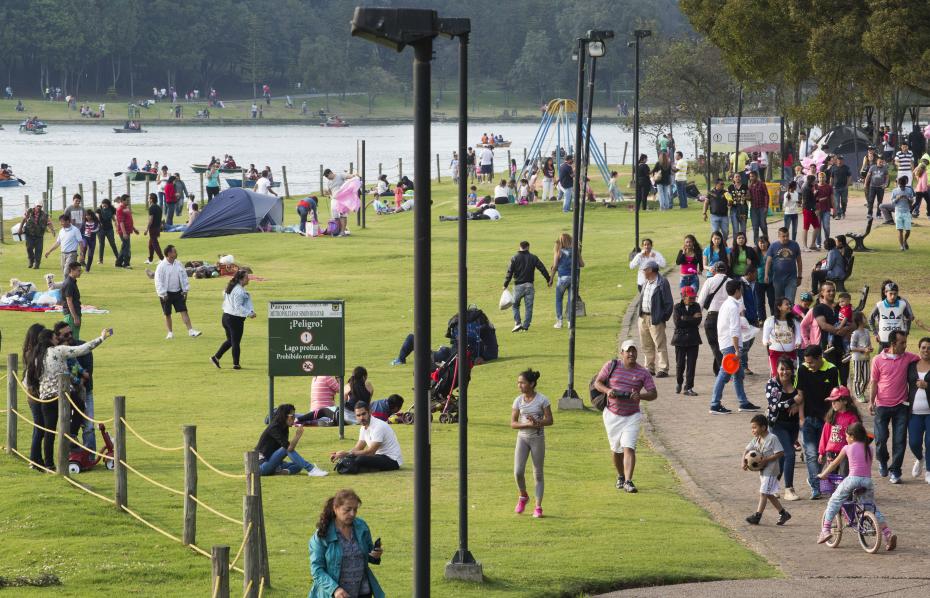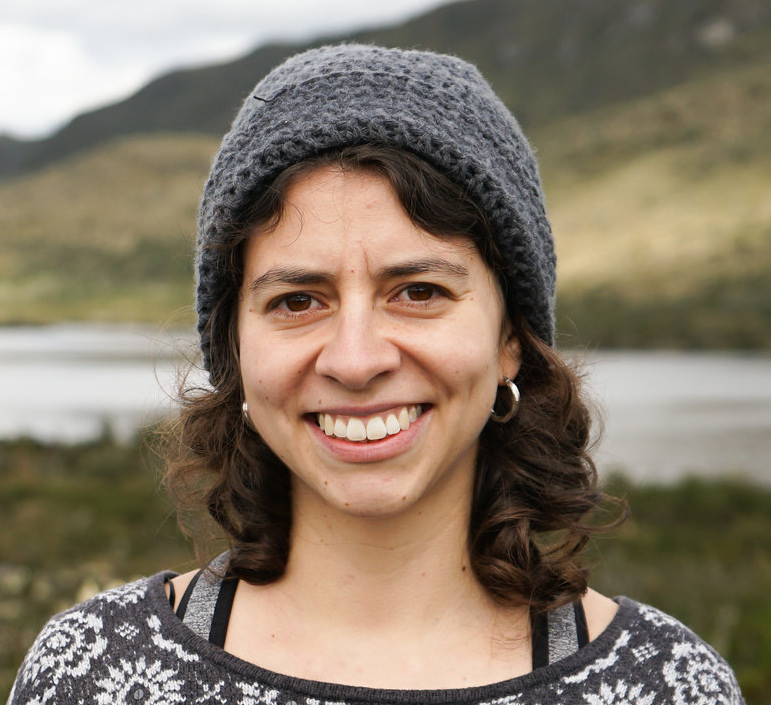
We all deserve to breathe clean air
Photo: Juan Carlos Pachón / Flickr.I was born and raised in Bogota, Colombia’s bustling capital city. When I was a child, I grew accustomed to the chaos of the streets—thousands of cars and buses spewing black smoke into the air, the endless honking of horns.
It was normal to see massive smokestacks and smell bad odors. I thought all cities were that way, and that nature and clean air only existed in places far from home.
I was used to having health problems: headaches, rashes, eye and throat irritation, coughs and hay fever. I never questioned why my sisters and I were constantly fighting these “environmental allergies.”
Pollution even prevented me from enjoying the outdoors. I couldn’t easily walk or ride my bike, for example, because my lungs struggled from the soot emitted by passing trucks and buses.
There were days I had to leave my house wearing a mask, and times when we were forbidden from playing outside due to the pollution.

Air pollution: a silent killer
As an adult, I realized that environmental allergies are not the norm. Often, they are caused by constantly breathing in black carbon, ozone, sulfur dioxide and other pollutants that cars, buses and factories emit into the atmosphere each day.
I realized that air pollution is a serious threat to quality of life and to a person’s health, especially among the most vulnerable, like our children and the elderly.
According to the World Health Organization, millions of people die each year from illnesses related to air pollution.
In Latin America, it is the number one environmental health risk, and causes more than 150,000 premature deaths per year. Cities like Mexico City, Monterrey (Mexico), Cochabamba (Bolivia), Santiago de Chile, Lima (Peru), Medellin (Colombia), San Salvador (El Salvador) and Bogota have the highest levels of air pollution in the region.
When cities are allowed to expand without regulation, population skyrockets—and with it, so do the number of cars and trucks and factories. I worry about the future of my family in that scenario. I don’t want the air we breathe to negatively impact our health.
My husband, who is not from Bogota, moved there to be with me. One year later, he was diagnosed with asthma.
When my daughter was just two months old, she had a respiratory infection that put her in intensive care for several days.
The cause of both their illnesses: the city’s poor air quality.

Stopping the contamination
The majority of the world’s population lives in cities. And while we can’t expect our cities to be pristine, natural ecosystems, they should provide people with the minimal conditions they need to lead dignified, healthy lives.
That’s why AIDA works to improve air quality in Latin America, advocating for the protection of our children and other populations highly vulnerable to atmospheric contamination.
We are raising awareness among policy makers about the importance of regulating short-lived climate pollutants (SLCPs), which stay in the atmosphere for a relatively short period of time. Unlike carbon dioxide, which can stay in the atmosphere for centuries, SLCPs remain in the air from a few days to a few decades.
SLCPs include soot (also known as black carbon) and methane gas. These contaminants are major contributors to climate change, degrade air quality and have serious impacts on food security and human health. Effectively reducing them could significantly improve air quality and advance the fight against climate change in the short-term.
Through our experience in international law, we’re seeking ways to regulate these short-lived pollutants across Latin America.
Because having clean air to breath is one of life’s basic needs. Clean air shouldn’t be a luxury.
Verónica Muriel Carrioni

Verónica Muriel Carrioni is a Colombian attorney that was part of AIDA's Freshwater Preservation Program. Veronica has an LL.M in Environmental and Natural Resources Law from Lewis and Clark Law School in Oregon, United States, where she was part of the International Law Clinic. She has experience negotiating international multilateral environmental agreements. She is also well versed in the practice of environmental, mining, and hydrocarbon law.
